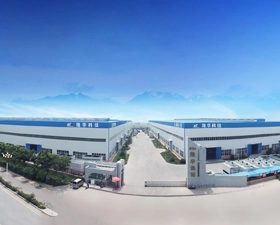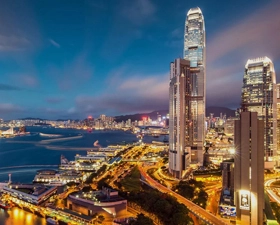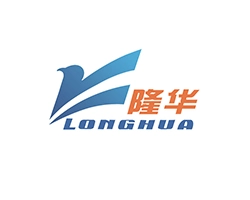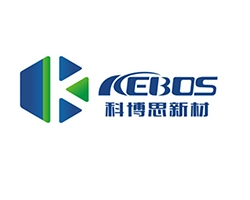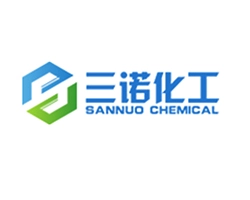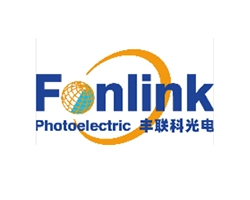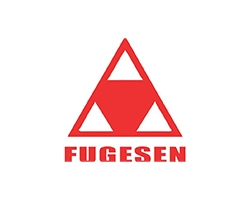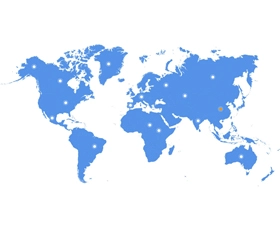Evaporative cooling converts latent heat into sensible heat. Unsaturated air can be cooled by exposing it to a free, low-temperature water surface and by fusing the water with the air. A portion of the sensible heat of the air is transferred to the water, and a portion of it is converted to latent heat by evaporation of the water. This article will introduce four main forms of industrial evaporative cooling systems.
Direct Industrial Evaporative Cooling Systems
Refers to the direct contact between air and water over a large area, due to the evaporation of water so that the temperature of the air and water are reduced, the humidity content of the air increased, the sensible heat of the air is converted into latent heat. This is an adiabatic cooling and humidification process. The cooled air is in direct contact with the evaporated water, which can be used to reduce the temperature of the environment in the form of spray chambers, wet film humidification, spray humidification, and so on.
Indirect Industrial Evaporative Cooling Systems
The air and water cooled down in the direct evaporative cooling process are passed through a non-contact heat exchanger to cool the air to be treated, which can be used to reduce the temperature of the environment in the form of surface cooler heat exchange, indirect evaporative coil heat exchange, etc., to get the air supply air with reduced temperature and unchanged humidity content.
Indirect + Direct Industrial Evaporative Cooling Systems
According to the requirement of the humidity content of the supply air, a direct evaporative cooling module is added after the indirect evaporative cooling module. The fresh air is cooled and properly humidified to regulate the humidity of the supply air.
Industrial Evaporative Cooling Systems + Mechanical Refrigeration
Natural evaporative cooling process consumes less energy, mainly fans and pumps consume energy. Compared with the current mainstream mechanical cooling air conditioning, they are more advantageous in energy saving and economy. But they cannot meet the cooling requirements for all working conditions throughout the year to provide the data center needs. Because when the outdoor temperature rises, the heat transfer efficiency of the heat exchanger decreases, cannot meet the requirements of the air supply temperature of the computer room, it is necessary to increase the mechanical refrigeration system to supplement.
Through the introduction of these four kinds of industrial evaporative cooling systems, it is not difficult to find that each form has its own unique applicable scenarios and advantages. In general, industrial evaporative cooling systems with their diverse forms and flexible application scenarios for the modern industrial temperature control provides an efficient, environmentally friendly solutions.


 EN
EN
 jp
jp  ko
ko  fr
fr  de
de  es
es  it
it  ru
ru  pt
pt  ar
ar  tr
tr 